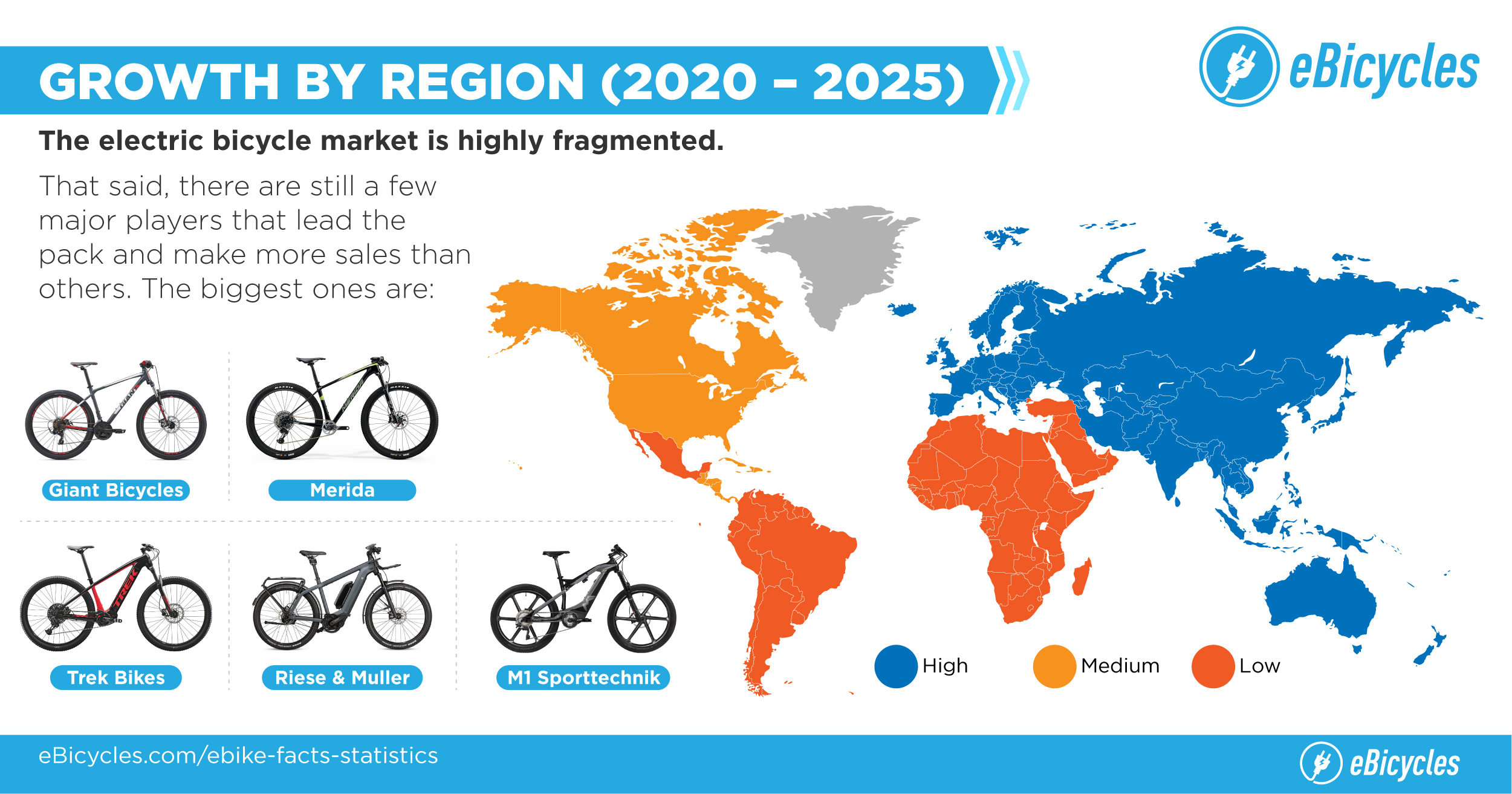An Introductory Summary Of E-Bike Regulation And Standards In Your City
An Introductory Summary Of E-Bike Regulation And Standards In Your City
Blog Article
Write- https://www.google.com/maps/place/ZuGo+Bike/@30.262856,-97.758557,16z/data=!4m6!3m5!1s0x8644b51416d6be09:0x41e016862e4d8a94!8m2!3d30.2628555!4d-97.7585568!16s%2Fg%2F11fs_r7gtl?hl=en&entry=ttu&g_ep=EgoyMDI0MTAyMy4wIKXMDSoASAFQAw%3D%3D -Spivey Salomonsen
Prior to you get on your e-bike and struck the streets, it's important to recognize the regulations and regulations that control your city. From speed limits to assigned riding locations, there's a whole lot to consider to guarantee you're certified and secure. By acquainting yourself with the policies specific to e-bikes, you'll be better outfitted to enjoy your experiences without any unanticipated legal issues. Remain tuned to uncover crucial understandings that will assist you browse the e-bike landscape in your city seamlessly.
Recognizing E-Bike Classification
When it comes to browsing the world of e-bike regulations and guidelines, a critical beginning point is comprehending the category system that categorizes these electrical bicycles. E-bikes are usually classified into 3 major classifications: Course 1, Class 2, and Class 3.
Course 1 e-bikes are pedal-assist only, implying they provide assistance while the motorcyclist is pedaling and have a maximum speed of 20 miles per hour. These bikes are allowed in locations where conventional bicycles are allowed.
Class 2 e-bikes are outfitted with a throttle that can move the bike without pedaling. They also have a maximum speed of 20 miles per hour and are suitable for bikers who may require help without pedaling continually.
Class 3 e-bikes are similar to Class 1 but with a greater maximum speed of 28 miles per hour. These bikes are commonly limited from particular bike courses or tracks as a result of their higher rates.
Understanding these categories is important for complying with neighborhood regulations and making certain a secure and delightful e-biking experience.
Browsing Rate Limits and Constraints
To effectively browse e-bike legislations and guidelines, it's important to recognize the speed limitations and restrictions that relate to different classes of electrical bikes.
https://cleantechnica.com/2024/05/23/mod-bikes-unveils-a-full-suspension-fat-tire-adventure-e-bike/ for e-bikes differ depending on the category of the bike. Class 1 e-bikes, which are pedal-assist just and have a maximum speed of 20 miles per hour, are usually permitted on bike lanes and courses.
Course 2 e-bikes, which have a throttle along with pedal-assist and also get to speeds of approximately 20 miles per hour, might be limited in particular areas where motorized vehicles aren't allowed.
Course 3 e-bikes, with pedal-assist approximately 28 miles per hour, are typically needed to follow the very same policies as traditional bikes.
It's important to follow these rate limitations and constraints to ensure your safety and security and the safety of others on the road. Prior to riding your e-bike, acquaint yourself with the details policies in your city to stay clear of any type of possible penalties or legal problems.
Where to Trip Your E-Bike
To determine where you can ride your e-bike, it's essential to be aware of the policies and guidelines specific to your place. In many areas, e-bikes are normally permitted on roadways and roads where conventional bikes are permitted. This may include bike lanes, bike courses, and shared roadways. However, it's critical to examine neighborhood legislations as some cities might have specific constraints on where e-bikes can be ridden.
When riding your e-bike, constantly focus on safety and security by adhering to web traffic rules and valuing pedestrian walkways. Furthermore, bear in mind any kind of assigned bike lanes or paths in your location and utilize them whenever possible to make sure a smoother and more secure experience.
Some cities also have guidelines regarding e-bike use on pathways, so see to it to acquaint on your own with these regulations to stay clear of any penalties or fines.
Verdict
Since you're familiar with the legislations and regulations surrounding e-bikes in your city, you can with confidence hit the trail understanding where you can ride and what limitations put on your e-bike category. Keep in mind to constantly prioritize security and follow the regulations to ensure a smooth and legal experience. Pleased riding!
